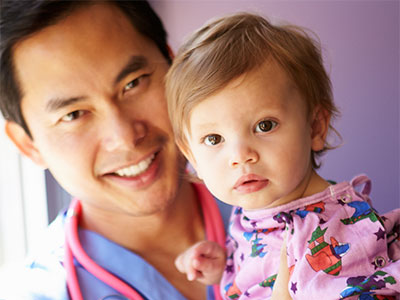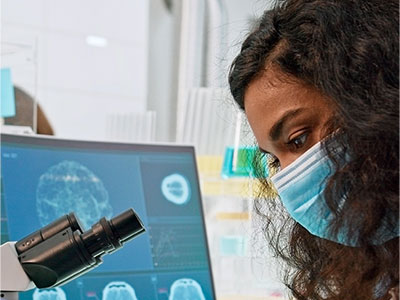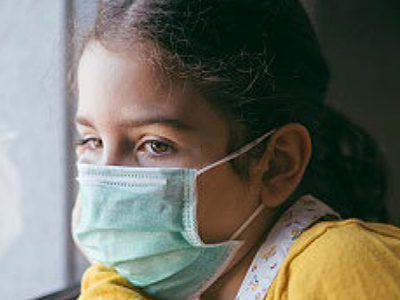IACC Strategic Plan
For Autism Research, Services, and Policy
2021-2023
Overview
The 2021-2023 IACC Strategic Plan for Autism Research, Services, and Policy provides an overview of current understanding of many issues that are relevant to the autism community, as well as gaps and opportunities in autism research, services and supports, and policy. As in previous years, the IACC Strategic Plan is organized around seven general topic areas that are represented in the Plan as community-focused Questions. There are 24 Recommendations focused on activities to improve health, well-being, and outcomes for autistic people in all communities. The IACC Strategic Plan also emphasizes the need to increase acceptance and understanding of autism and address the issues that create the most significant challenges for autistic people and their families. The 2021-2023 IACC Strategic Plan was developed with input from the many different perspectives and areas of expertise represented on the Committee and gathered through public comments.
The Interagency Autism Coordinating Committee (IACC) is a federal advisory committee that advises the Secretary of Health and Human Services (HHS) on issues related to autism spectrum disorder (ASD). It was established by the Children’s Health Act of 2000 (Public Law 106-310), reconstituted under the ... Read more.
Question 1: How Can We Improve Identification of Autism?
For many autistic individuals and their families, engagement with autism-related services and supports begins with screening and diagnosis. Signs of autistic traits are often visible in the first two years of life; however, autism prevalence studies from the Centers for ... Read more.
Question 2: What Is the Biology Underlying ASD?
Current scientific evidence suggests that autism arises during early development and results in differences in brain structure, function, and connectivity. Those brain differences may lead to challenges in areas such as social behavior, learning, communication, sensory perception, motor function, and ... Read more.
Over the past decade, there have been substantial advances in the understanding of factors that contribute to the development of autism and an increased appreciation of the incredible complexity and interplay of genetic and environmental* factors in the process. Research in the general population ... Read more.
Question 4: Which Interventions Will Improve Health and Well-Being?
The evolution of the Aspirational Goal for this chapter reflects the progression of priorities in the autism community. Over the past several years, the IACC's focus has shifted from "preventing disabilities', to "building adaptive skills", and now emphasizes the construction of lifespan approaches and ... Read more.
Question 5: What Services and Supports Are Needed to Maximize Health and Well-Being?
Across their lifespan, autistic people may need a range of supports and services in different areas (e.g., healthcare, education, social services, etc.), with adjustments to meet varying needs at different stages of their lives. Question 5 (Services and Supports) Strategic Plan Recommendations include ... Read more.
Question 6: How Can We Address the Needs of People on the Autism Spectrum throughout the Lifespan?
Based on population and prevalence estimates, around 120,300 autistic youth turn 18 each year in the United States. According to 2017 data from the Centers for Disease Control and Prevention (CDC), an estimated 1 in 45, or close to 2%, of adults in the United States are autistic.1 Given the growing size of ... Read more.
Appropriate infrastructure is critically important to the success of autism research efforts. This includes repositories for biological materials and data, systems for gathering data on autism prevalence, and enhancing the research workforce. Progress toward the Aspirational Goal above has been ... Read more.
The IACC has identified two topics that span across the seven Questions of the Strategic Plan and warrant special attention: understanding the influence of gender and sex in autism, as well as reducing disparities and promoting equity. The goal of these "cross-cutting" Recommendations is to ... Read more.
COVID-19 and the Autism Community: Impact and Lessons Learned
COVID-19 (coronavirus disease 2019) is an infectious disease caused by the severe acute respiratory syndrome coronavirus 2 (SARS-CoV-2). Since its discovery in Wuhan, China, in December 2019, COVID-19 has rapidly spread around the world and was declared by the ... Read more.
Throughout this 2021-2023 IACC Strategic Plan for Autism Research, Services, and Policy, the IACC has highlighted recent advances in research that contribute to our understanding of autism and its co-occurring conditions, diagnosis and interventions, factors that influence ... Read more.















